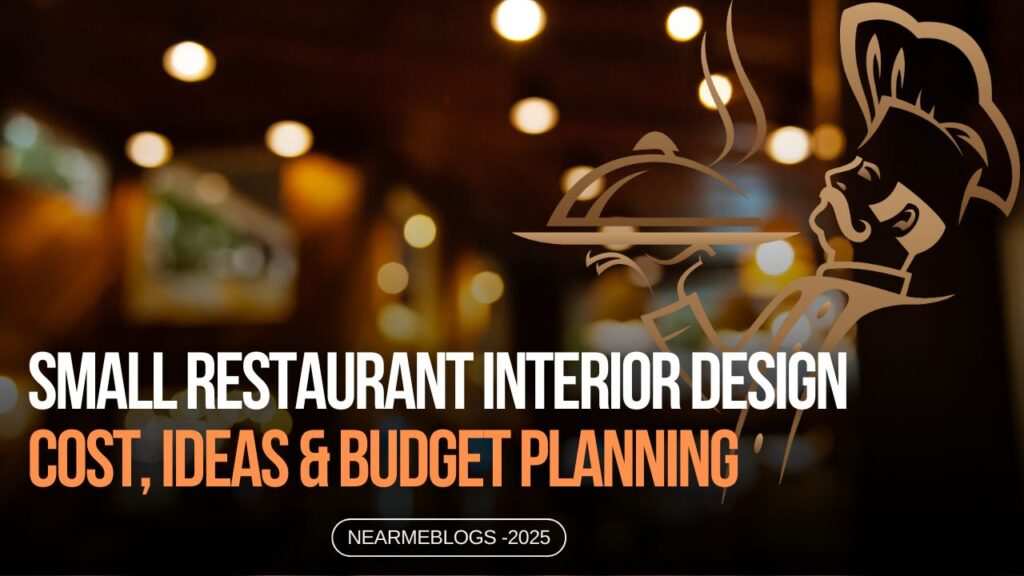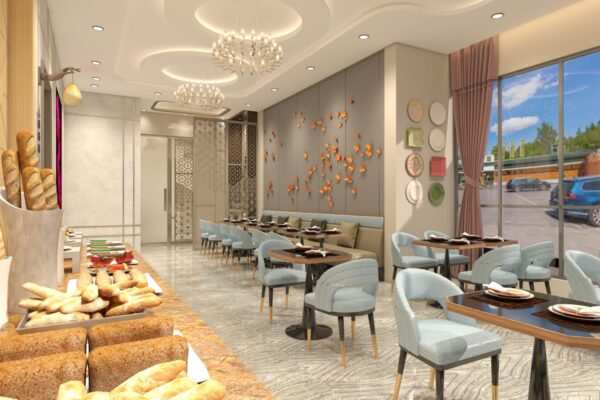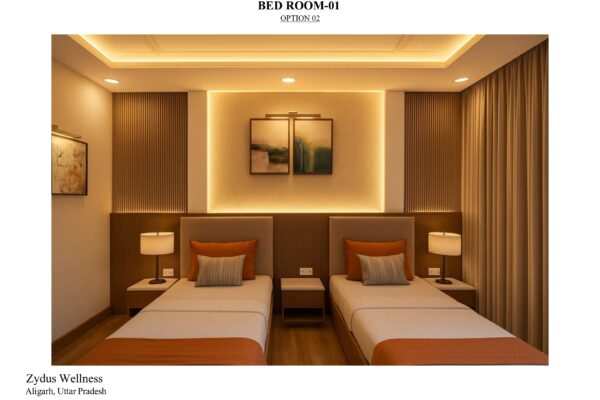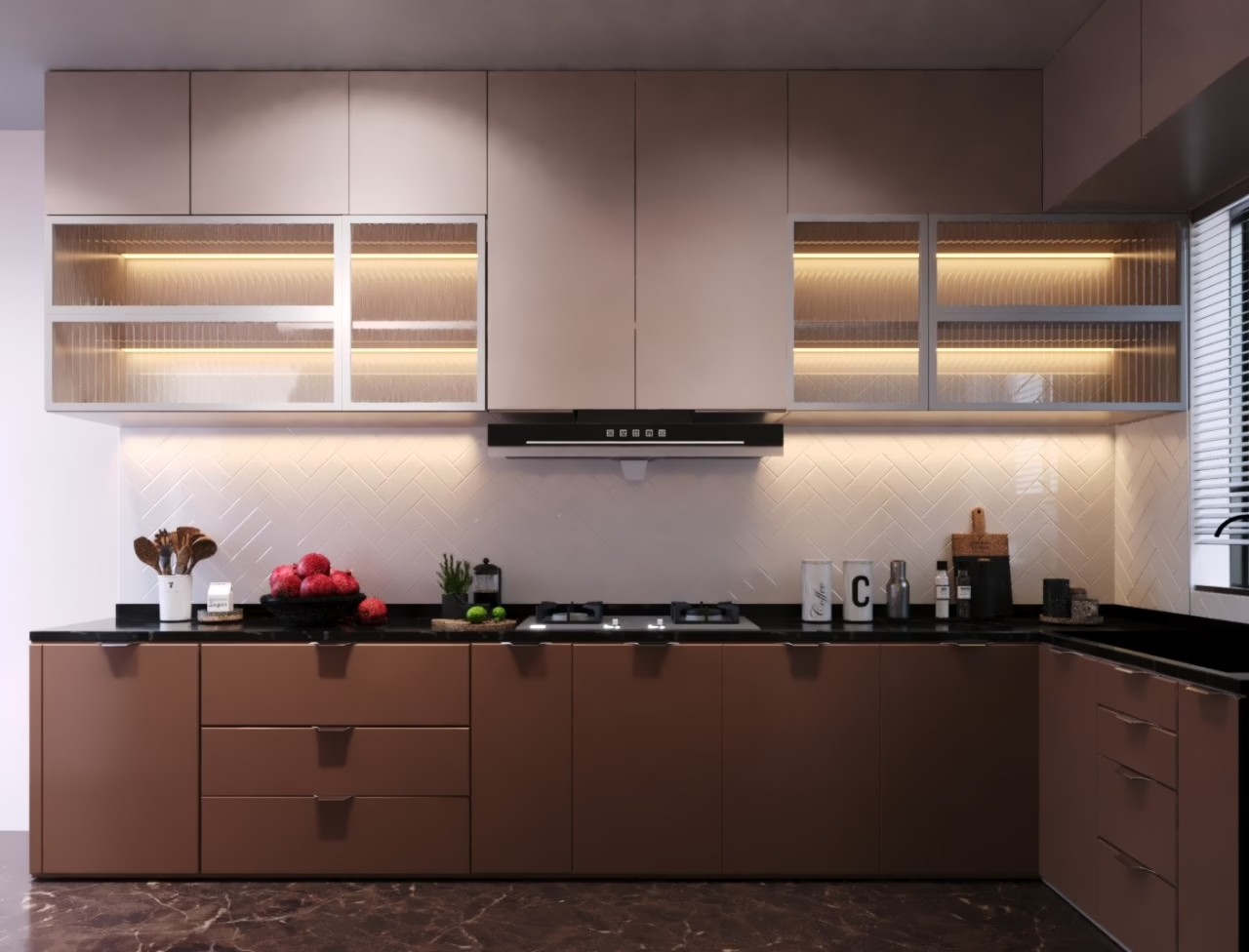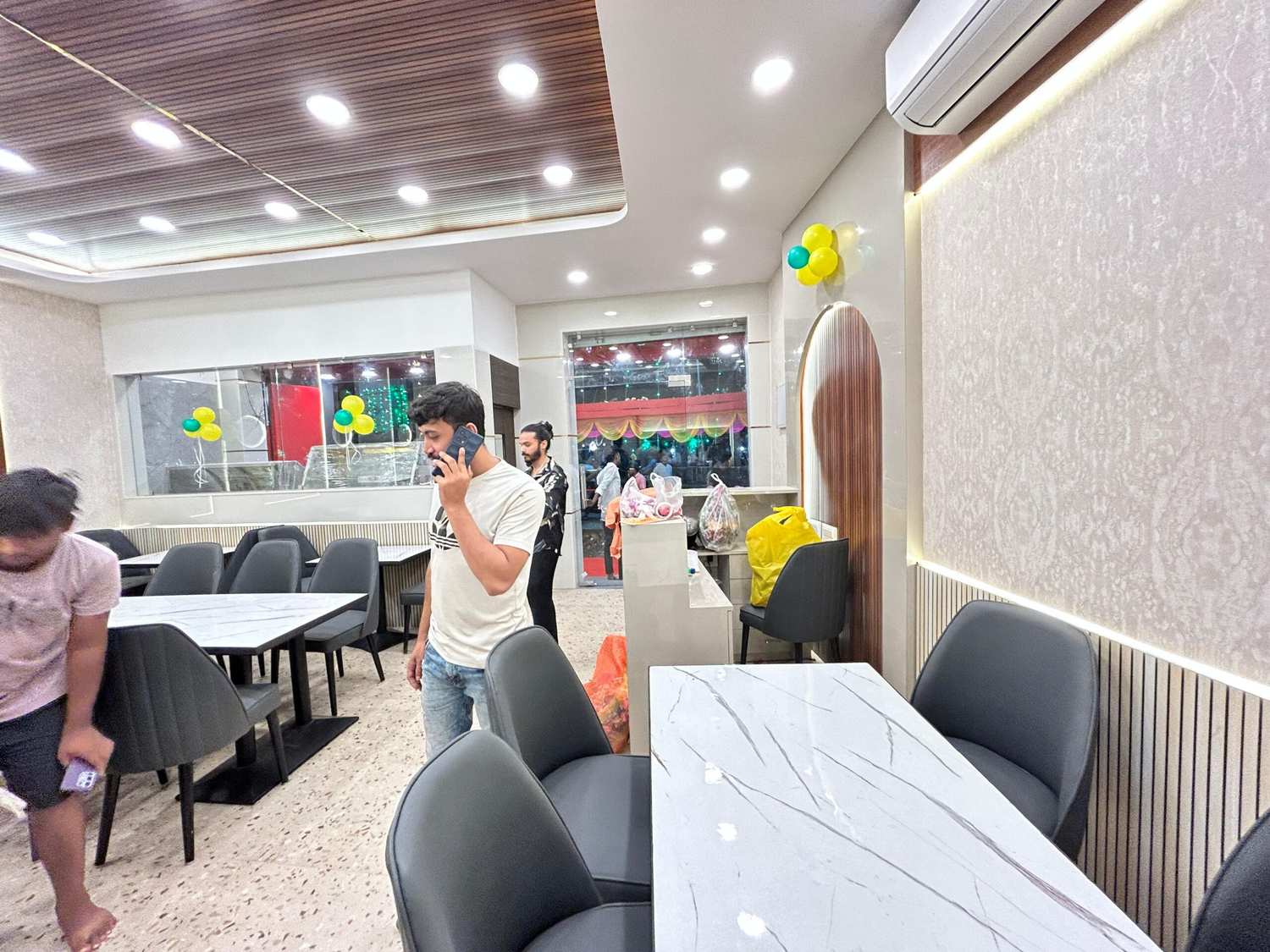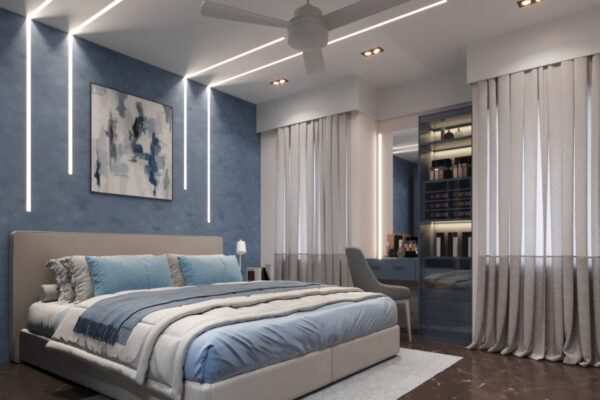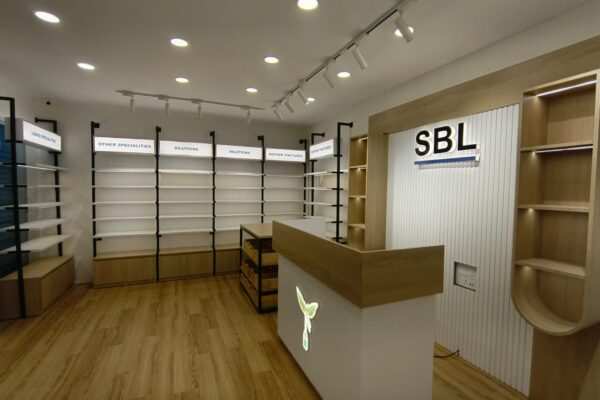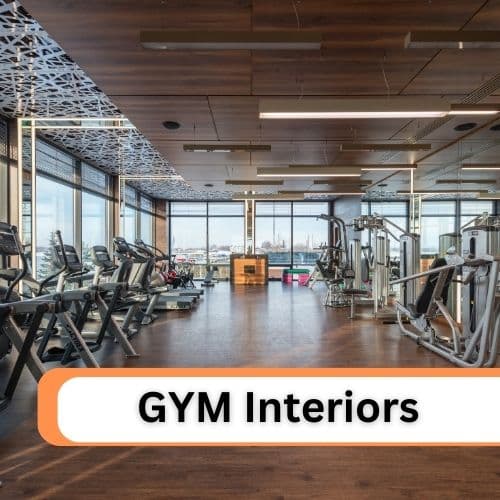Designing the interior of a small restaurant requires a careful balance between aesthetics, functionality, and budget. A well-thought-out design can enhance customer experience, optimize space utilization, and reflect your brand’s identity. This guide explores cost considerations, design ideas, and budget planning strategies to help you create an inviting dining environment.
Cost Considerations for Small Restaurant Interior Design
Several factors influence the cost of interior design for a small restaurant:
- Size and Layout: The area of your restaurant significantly impacts the overall cost. For instance, small restaurants or cafés (500–1000 sq. ft.) may incur design costs ranging from ₹5 lakh to ₹15 lakh.
- Design Theme and Complexity: The chosen theme affects material selection and customization needs. Basic designs focusing on functionality may cost between ₹800 – ₹1,500 per sq. ft., while more elaborate themes can increase expenses.
- Materials and Finishes: Opting for premium materials like marble or imported fabrics will elevate costs, whereas locally sourced or reclaimed materials can be more budget-friendly.
- Furniture and Lighting: Custom furniture and designer lighting add uniqueness but come at a higher price. Basic furniture and lighting setups might range from ₹2 lakh to ₹5 lakh.
- Location: Design costs can vary based on the city. For example, cities like Mumbai, Delhi, and Bengaluru may have higher costs compared to smaller cities due to increased material and labor charges.
Budget-Friendly Design Ideas
Implementing cost-effective strategies can help achieve a stylish interior without overspending:
- Utilize Multi-Functional Furniture: Choose pieces that serve dual purposes, such as benches with storage or foldable tables, to maximize space efficiency.
- Incorporate Mirrors: Strategically placing mirrors can create an illusion of a larger space and enhance lighting.
- Embrace Local Art and Décor: Showcasing local artists’ work adds character and supports the community, often at a lower cost than imported décor.
- Optimize Lighting: A mix of ambient, task, and accent lighting can create a warm atmosphere. Utilizing energy-efficient LED lights can reduce long-term costs.
- Choose a Cohesive Color Scheme: Consistent color palettes can unify the space and reflect your brand identity.
Budget Planning Strategies
Effective budget management ensures a balance between design aspirations and financial constraints:
- Prioritize Essential Elements: Focus on critical aspects like seating comfort, lighting, and efficient layout before allocating funds to decorative items.
- Source Materials Wisely: Consider using reclaimed or locally available materials to reduce costs without compromising quality.
- Plan for Contingencies: Allocate an additional 10-15% of your budget for unforeseen expenses during the design process.
- Consult Professionals: Engaging with experienced interior designers can provide valuable insights into cost-saving measures and efficient space utilization.
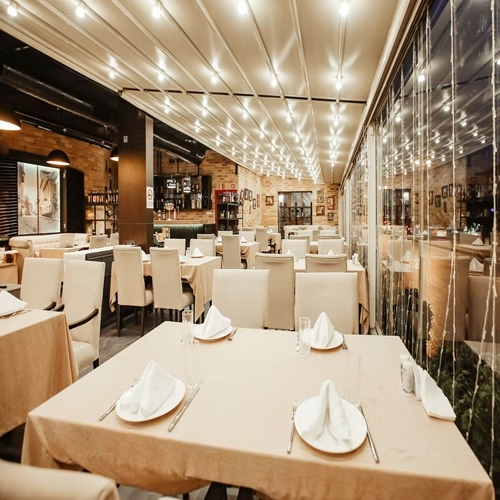

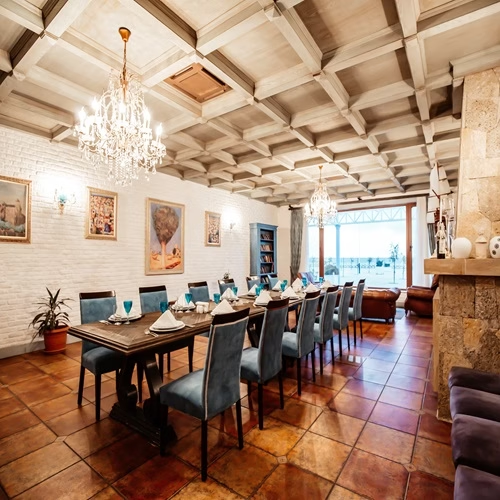

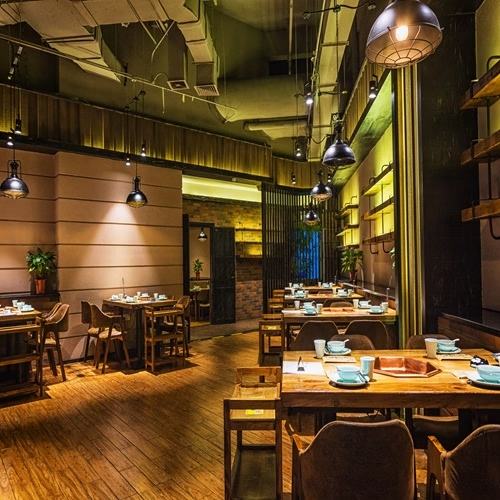

Collaborating with Interior Designers in Various Cities
Partnering with local interior designers can offer advantages such as familiarity with regional trends and access to local resources. For instance:
- Kolkata: Near Me Interiors offers comprehensive design services tailored to your budget and style preferences.
- Mumbai: Satyamaker provides expertise in various restaurant themes, ensuring a design that resonates with your target clientele.
- Bengaluru: Firms specializing in modern and traditional designs can help create a unique dining atmosphere reflective of the city’s diverse culture.
- Delhi: Designers adept at blending contemporary trends with classic elements can assist in crafting an appealing restaurant space.
- Chennai: Local designers with experience in coastal themes can incorporate elements that resonate with the city’s seaside ambiance.
Conclusion
Designing a small restaurant’s interior involves thoughtful consideration of costs, creative ideas, and strategic budget planning. By focusing on essential design elements, utilizing cost-effective strategies, and collaborating with skilled professionals, you can create an inviting and functional space that enhances the dining experience and supports your business goals.

